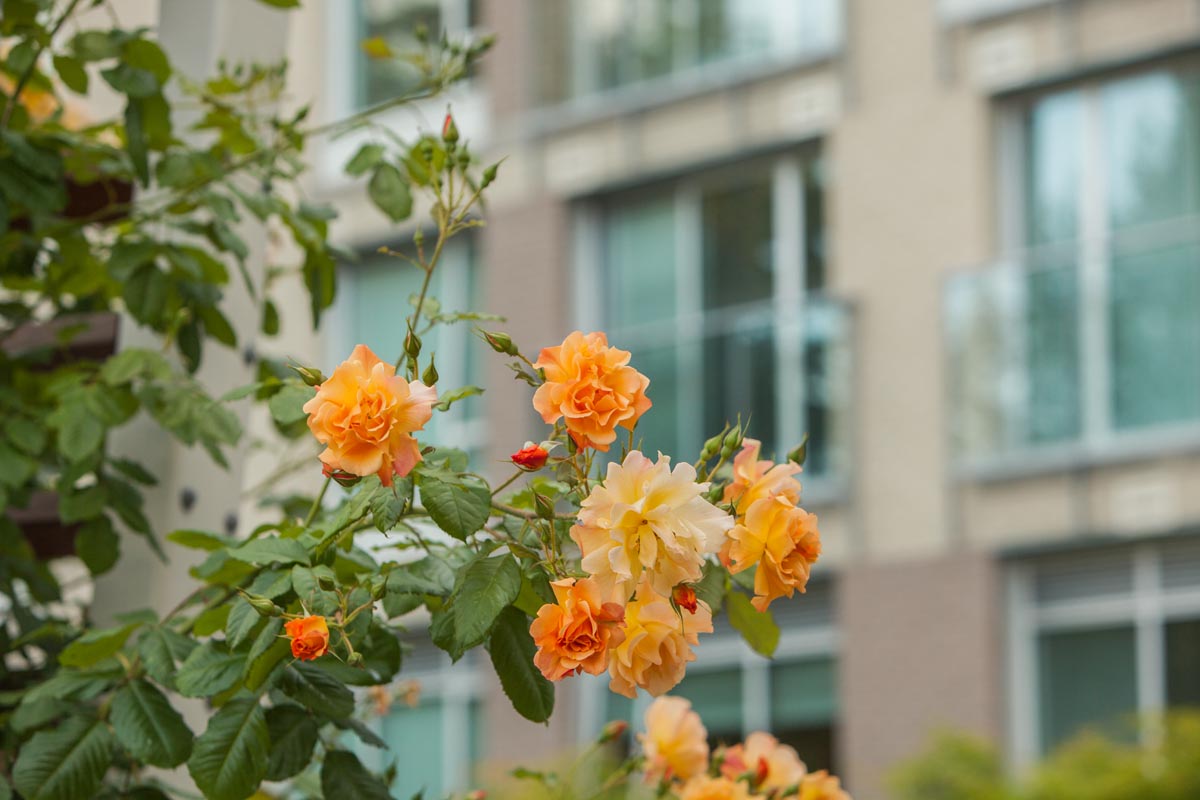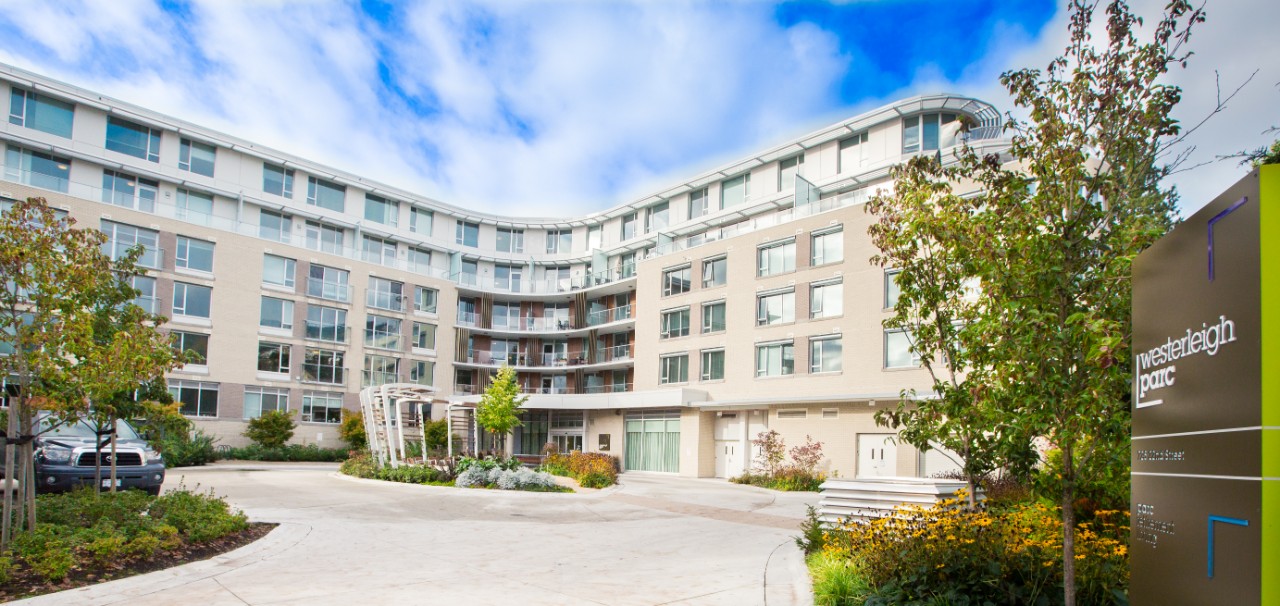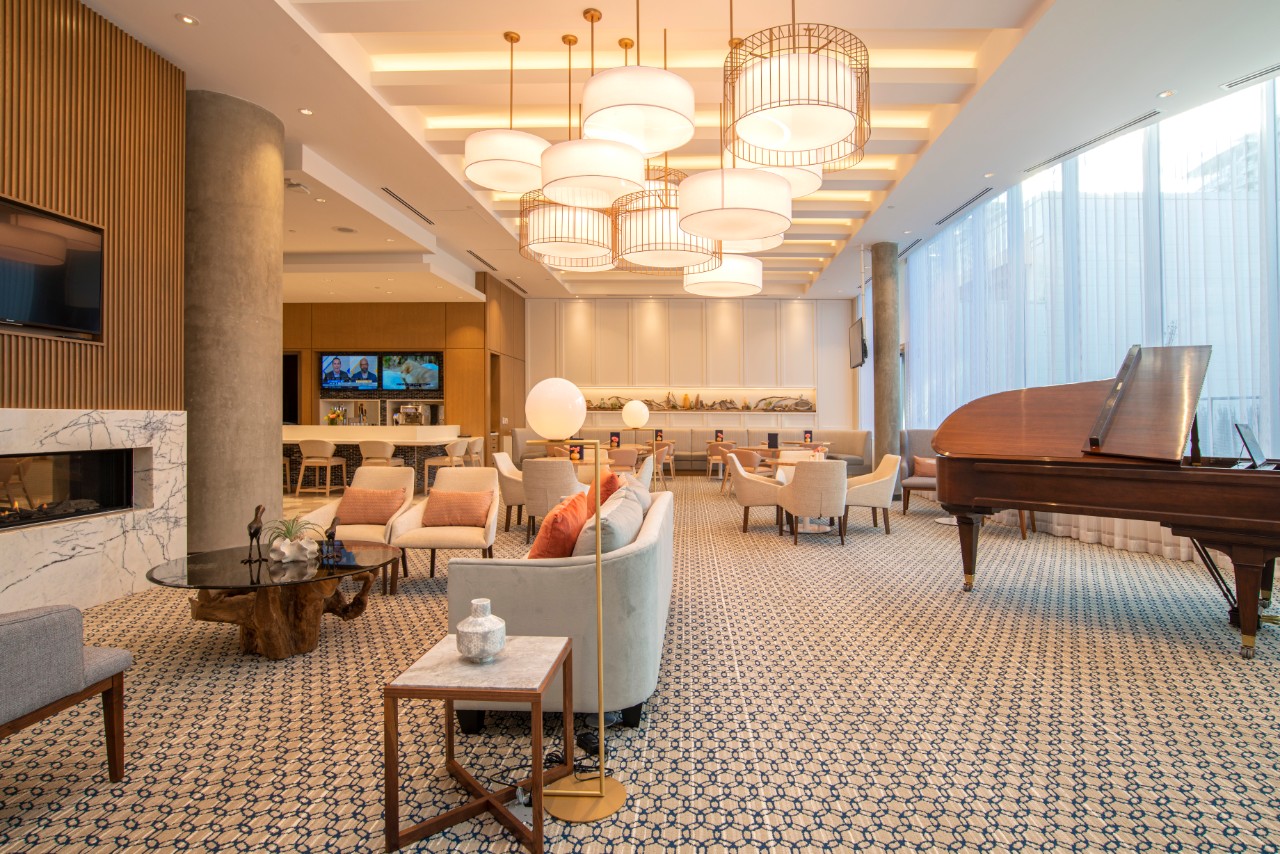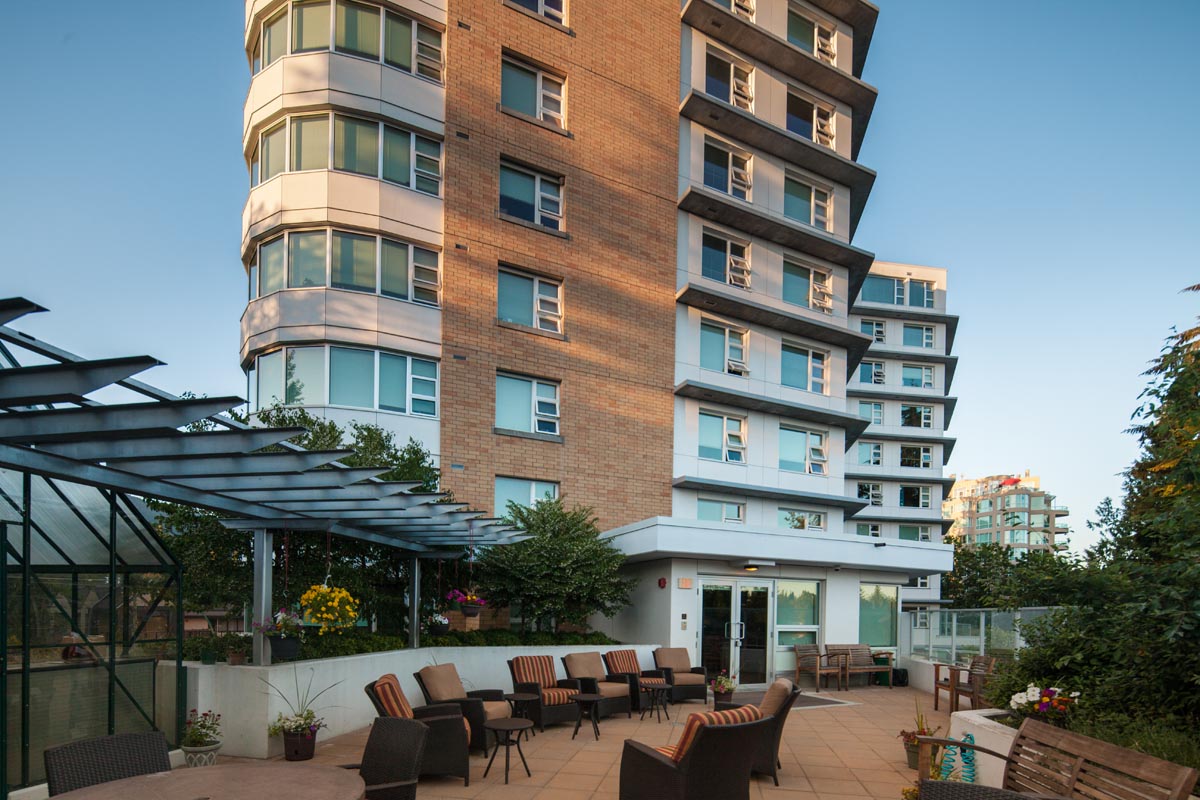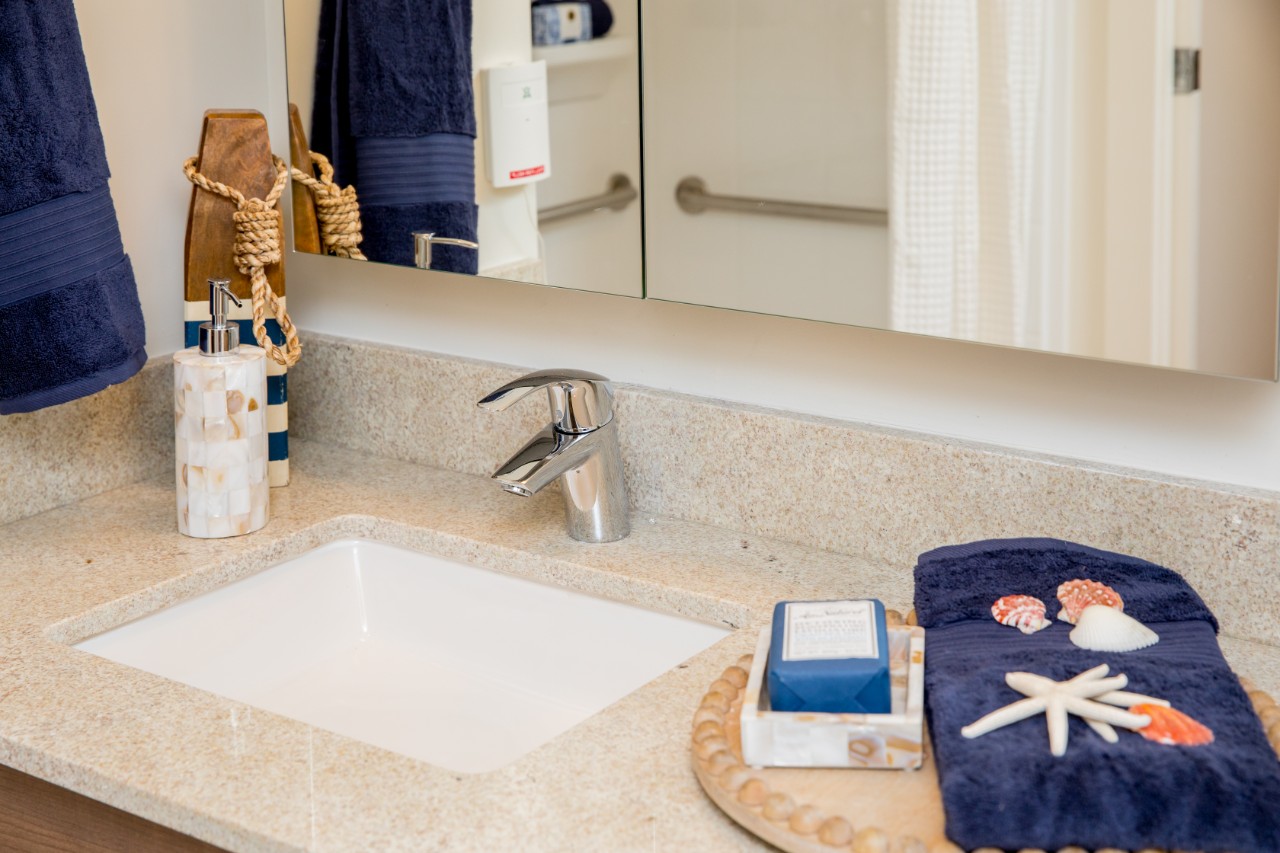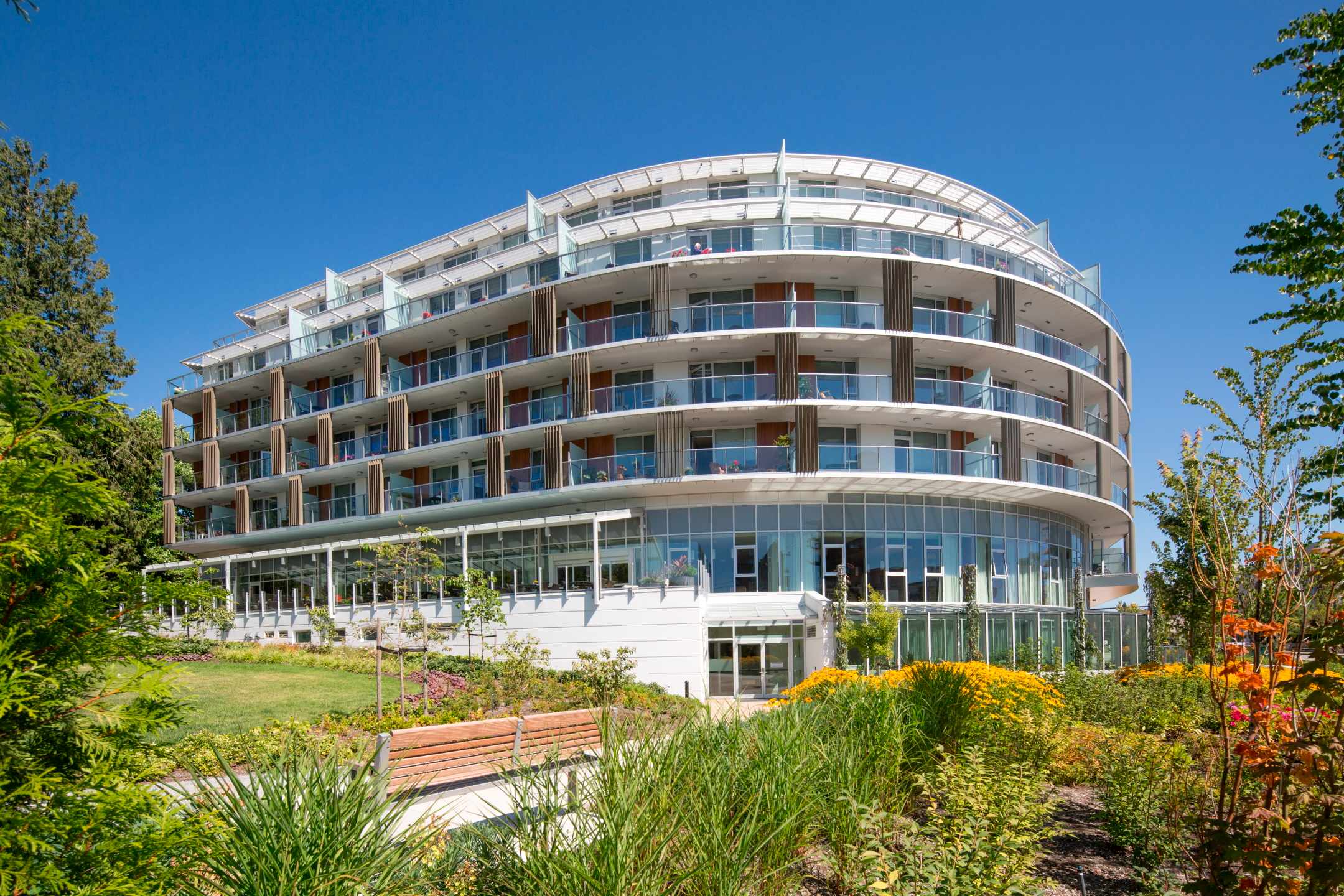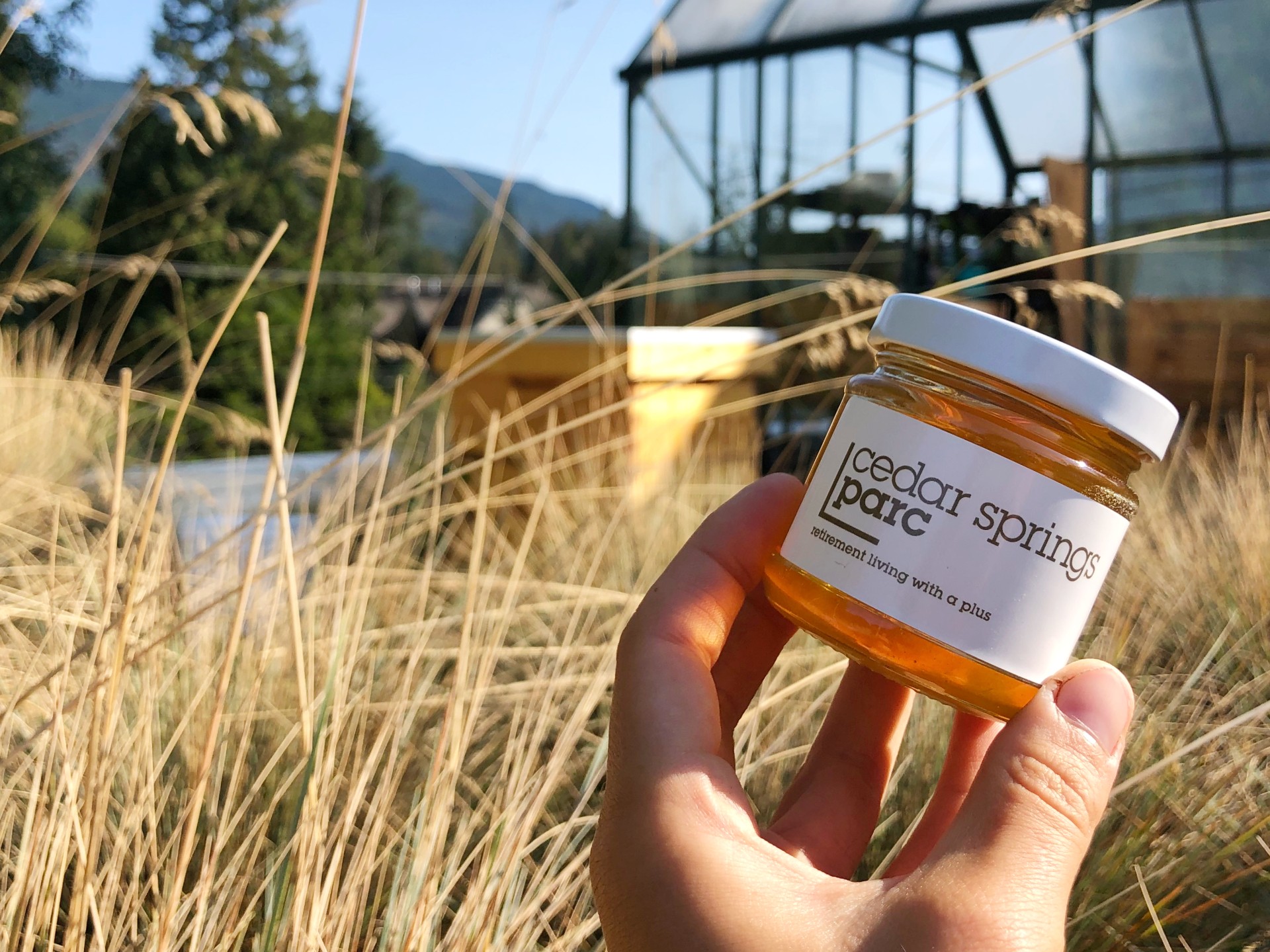5 Reasons Why PARC Buildings Achieve LEED® Gold Certification
in SustainabilityWritten by PARC Retirement Living
Did you know that some 30 per cent of all greenhouse gases comes from buildings? And that up to 70 per cent of municipal water is consumed in and around buildings? Good thing then that Canada is home to 4,350-plus LEED-certified structures – designed, built and operated with sustainability top of mind.
PARC Retirement Living is proud to count two of its five properties among that number. Both Cedar Springs PARC and Westerleigh PARC have earned LEED® Gold certification for their many environmentally friendly features. (Standing for Leadership in Energy and Environmental Design, LEED® is a worldwide green building rating system that promotes the creation of healthy and sustainable establishments.) In addition, the newly opened Oceana PARC in White Rock could soon be joining them, with LEED® Gold certification underway.
Below are five reasons why PARC residences are at the forefront of energy-efficient building design and operation, and what that means for residents and those thinking about relocating to senior living – the cost savings are passed down to you! Plus, a peek at PARC’s architectural roots, community outreach and sustainable sidebars.
1) Sustainable site design
Starting with a sedimentation control system during construction (to keep mud and dust out of the storm sewer), PARC residences include green roofs, storm management systems with rain gardens/natural bioswales and, where possible, original natural areas. (For example, large well-established conifer trees were left standing at Cedar Springs PARC.) As well, underground parking (including charging stalls and bicycle storage), public transit proximity, resident shuttle service and ride-share programs combine to cut down on carbon emissions and ground-level parking spaces. This in turn frees up more space for nature.
2) Effective lighting
Let there be light! Open plans and large curtain walls in common spaces maximize daylight and views. While making for a more pleasant living environment, these design elements also save energy while giving rise to significant health benefits. (In particular, exposure to natural light is linked to better sleep among seniors.) As well, exterior and interior LED lighting, paired with occupancy sensors in lobbies, service rooms and parkades, further reduce power usage throughout the residences.
3) Maximum energy efficiency
PARC residences boast numerous energy-saving attributes, from double- and triple-glazed windows to reduced thermal bridging in the building envelope. (The latter refers to preventing heat loss through exterior concrete, such as in balconies. PARC buildings use Schöck Isokorb to achieve this.) Improving occupant comfort levels at the same time, these features also include concrete eyebrow sunshades above balconies and windows (to help cool interior spaces), and heat recovery ventilators that use outgoing warm air to heat incoming fresh air. Energy-efficient elevators and appliances, and heat pump technology combined with condensing natural-gas-fired hot water heaters, contribute to overall savings too.
4) Efficient water use
Low-flow plumbing fixtures like showerheads and toilets reduce residence water consumption by 40 per cent. And water-efficient landscaping cuts back on irrigation requirements. Looking at Oceana PARC, a high-efficiency irrigation system combined with native and adaptive plant species on green roofs decreases potable water use.
5) Earth-friendly materials and green practices
PARC building materials and products are of high recycled content and, where feasible, sourced locally or regionally. Low-emitting paint, carpets, sealants and adhesives make for good indoor air quality, as do recessed pollutant-trapping pedestrian mats at building entrances and green housekeeping products. All PARC retirement residences participate in comprehensive recycling programs.
Energy cost savings passed down to residents
Altogether the sustainable measures above have resulted in a 30 per cent or more decrease in overall energy costs for PARC. That means PARC residents in turn can count on lower senior living costs. What’s more, new residents can look forward to rental rates that won’t increase more than 1.8 per cent for five consecutive years – thanks to PARC’s SECURE FUTURE® guarantee.
From architectural roots to community commitment
Eco-friendly building design and placement go way back at PARC. Before the company opened its first retirement residence in 2001, PARC’s future founder and CEO Rainer Müller was busy earning his architectural chops in Switzerland and Germany. Witnessing his mother thrive in a retirement community, he turned his sights on independent senior living and eventually brought his vision to life in Canada. By locating PARC residences in the heart of lively, well-serviced B.C. communities, Müller believes that residents can continue to live full, active, connected lives for many years to come.
And by giving back to those communities at large, along with incorporating green building practices, PARC is helping to champion the United Nations’ goal to create sustainable cities and communities worldwide. Always looking to better the lives of residents, their families and neighbours, the company has donated $1.2 million to the Peach Arch Hospital, sponsored a celebrity chef fundraising dinner for the White Rock pier, installed indigenous public art at Cedar Springs PARC and contributed to other local causes.
The herbs and the bees
Sustainability at PARC goes well beyond clean building materials, LED lighting and low water flow. There’s much ado about keeping it green in the kitchen too, with each residence sourcing local and sustainable ingredients whenever possible. Taking it one step further, PARC’s executive chefs grow herbs in onsite gardens to add flavour to their daily dishes. And seniors are encouraged to help plant, tend and clip the herbs, all the while learning about the growing process.
In fact, educating residents about the importance of green initiatives is a priority at PARC. Those at Cedar Springs PARC got a crash course in bee endangerment last year with the installation of an onsite beehive. Now they’re learning how honey is made! Joining the fight against declining bee populations, PARC is not only doing its part to help boost Mother Nature’s essential pollinators but is also building awareness about this global threat.
Inside and out, PARC retirement residences embody green living. Book a tour today to learn more.


